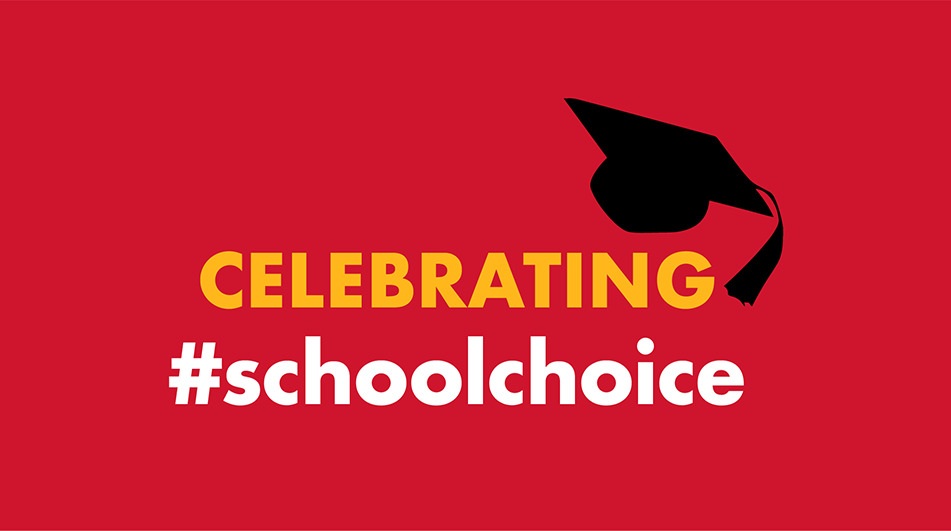As America celebrates National School Choice Week from January 24th through the 30th, choice is growing, especially homeschooling. In my new book The Homeschool Boom: Pandemic, Policies, and Possibilities, I detail the phenomenal increase in homeschooling across the country. Since the book went to print, new federal data has come out showing that homeschooling is booming even more.
Available U.S. Census Bureau data at the time of the writing of my book showed that the proportion of households homeschooling children rose from 5 percent in spring 2020 to 11 percent in fall 2020.
The increase in minority households homeschooling their children was even more amazing.
For example, among African-American households, homeschooling skyrocketed from 3 percent to 16 percent—more than a five-fold increase.
Among Hispanic households, homeschooling doubled from 6 percent to 12 percent.
These figures showed the dramatic impact of the COVID-19 pandemic on parents’ decision-making about how best to educate their children. Parents were choosing homeschooling over regular public schools, which had mostly closed down and had ineffectively moved to distance learning, by leaps and bounds.
And that boom in homeschooling has continued.
According to newer Census Bureau data, by May 2021, the proportion of U.S. households homeschooling their children had exploded to nearly 20 percent. Thus, in just a year’s time, from spring 2020 to spring 2021, homeschooling households had increased four-fold.
Homeschooling among minority families also continued its steep rise.
Among African-American households, homeschooling climbed to more than 18 percent, a six-fold increase from spring 2020 to spring 2021.
For Hispanic households, homeschooling reached more than 18 percent as well, which is three times their proportion a year previous.
In view of these figures, Steven Duvall, research director of the Homeschool Legal Defense Association, notes: “The homeschool population has much more diversity than ever before.”
“In past decades,” he says, “White, middle-income families made up the largest percent of homeschoolers.” However, with 20 percent of White households homeschooling their children in spring 2021, Duvall points out, “Now, however, equal proportions of other racial and cultural groups have chosen to educate their children at home, as well.”
Why are all these parents, of every race, choosing to homeschool their children?
In my book, I cite Hispanic mom Kathleen Bustamante, who decided to homeschool her children in the wake of the COVID pandemic.
“I felt ill-equipped to teach my own children,” she said, but “I joined the throngs of Americans who pulled their kids from traditional school to give homeschooling a try.”
“While COVID-19 disrupted the lives of millions, it also delivered a surprising blessing,” she observed. The pandemic had allowed parents to go from being mere observers of their children’s education to at-home educators of their children, which “has illuminated the innate ability of parents to effectively teach their children well and produce a new generation of intelligent, capable human beings.”
One of the other interesting bits of data to emerge from the Census Bureau relates not to race, but to income.
It is assumed that homeschooling is a phenomenon of the affluent. It turns out, however, that low-income families homeschool their children at the same or greater rates than higher-income families.
A surprising 20 percent of households making less than $25,000 a year homeschool their children. In contrast, less than 18 percent of households making $100,000 to $150,000 homeschool their children.
Thus, says Duvall, “homeschooling is not just popular among a few segments of the U.S. population, but is now commonly practiced by families from different racial, cultural, and income backgrounds.”
Experts do not expect the homeschool tide to recede any time soon. Brian Ray, head of the National Homeschool Education Research Institute, recently said, “I think it’s going to keep growing; the trend line for at least five years.”
As I conclude in my book, “The number of homeschoolers across the country is way up and likely to continue to rise in the aftermath of the COVID-19 pandemic.” Indeed, I believe that homeschooling is not just the wave of the future, it will be the education tsunami of the future.
Lance Izumi is senior director of the Center for Education at the Pacific Research Institute. He is the author of the new PRI book The Homeschool Boom: Pandemic, Policies, and Possibilities.

